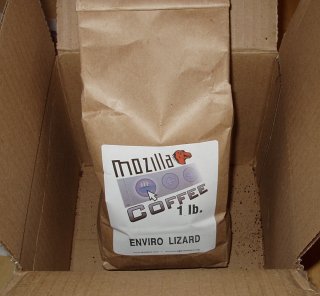I always knew salespeople were audacious. I didn’t know until yesterday that some of it stems from the audacity of their higher-ups. We went to South Coast yesterday in search of, well, lingerie. So we found the Victoria’s Secret. I went to look for my size in a rack of something and a cute, sparkly-faced saleschick interposed herself asking what size I was looking for. A dialogue ensued regarding weight loss and undergarment entropy and how many different sizes I had been found to need in the last few months. I was about to do as she was implying was The Way here and go try on their samples rather than sully the merchandise when she brought up the “Angels Card.”
“You get over $75 in potential savings over the course of a year, and two years of our catalog!” she chirped.
I pulled out my standard response. “I wouldn’t use it enough.”
“Oh, you don’t have to. It’s completely free.”
Fine. “Eh, why not.”
“Fantastic! It’s just five easy questions.” Uh-oh. The catch. “Do you have a credit card for reference?” I did. Swipe. “And can I have your social?”
Riiiiight. Like I’m going to give that out to someone I don’t know, who doesn’t work for the SSA or my employer, in the middle of a store full of strangers. “I’m sorry, I don’t give out my social.”
I don’t think I’ve seen anyone look so confused in weeks. “But–but we don’t give your information out to anyone.”
“That’s fine, but I don’t give out my social.”
So, no Angels Card. Not that I want it, at that price (or the price they charge for underwear, either). But I’m left wondering, what the fuck does Victoria’s Secret need with my social? The credit card should be enough, and handing that over was borderline. If it’s free, it’s free. You’re not promising them any money or business, and in fact you start out by costing them in paper and printing expenses. You don’t need to be a citizen to buy underwear. What gives?
